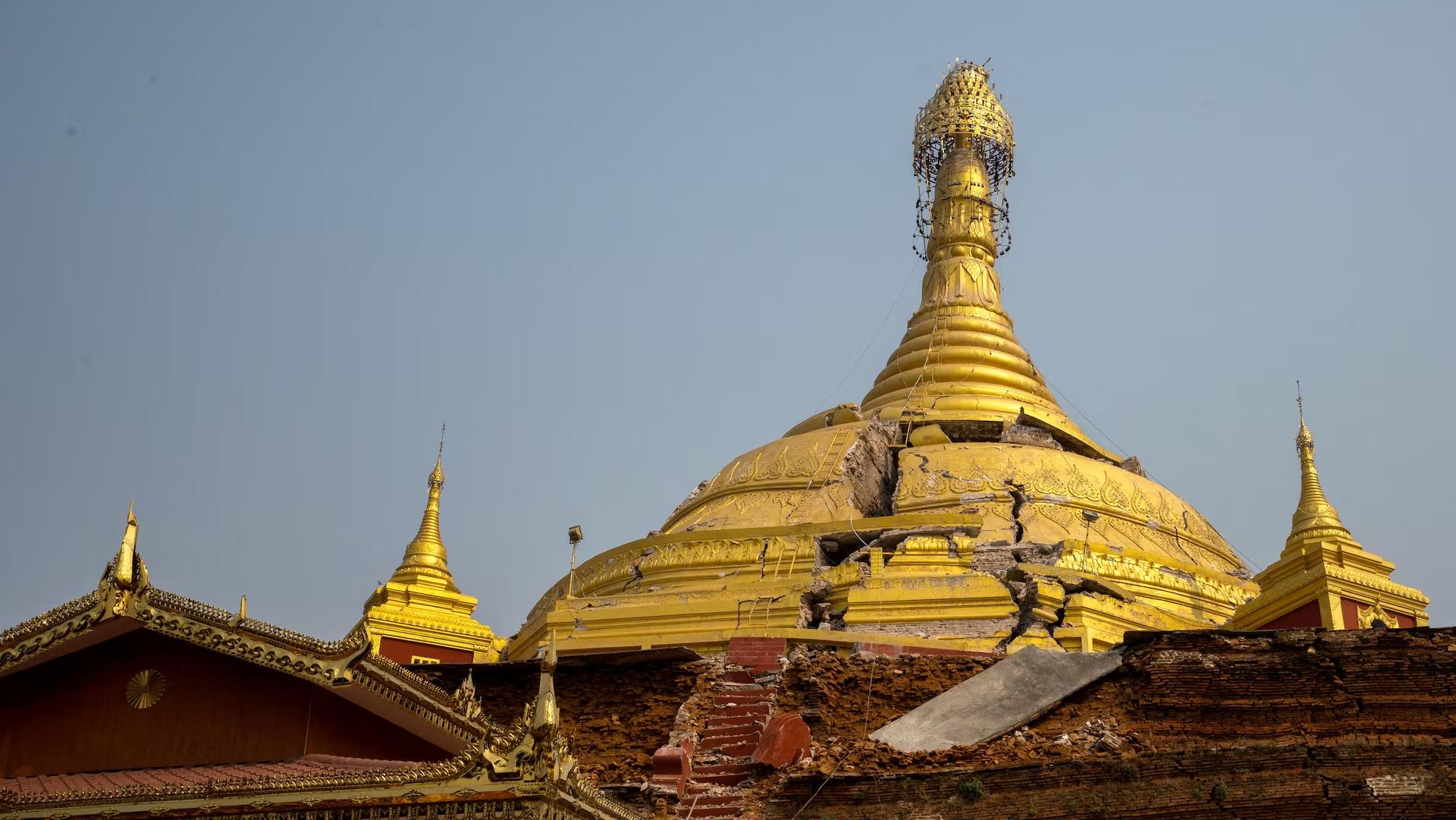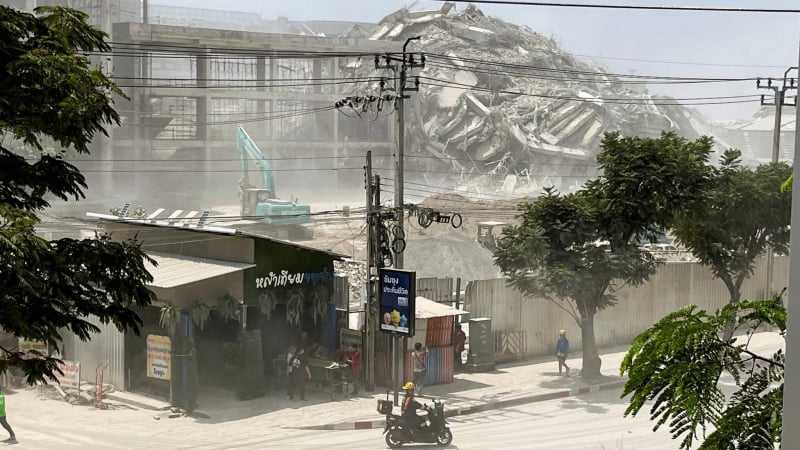On March 28, central Myanmar was hit by a 7.7 magnitude earthquake, with tremors felt across Thailand and neighboring Chinese provinces. Cities such as Naypyidaw and Mandalay were severely affected, with many structures collapsing, including religious buildings and important infrastructure.
In Mandalay, the Mahamuni Pagoda, one of the holiest pagodas, was severely damaged. Similarly, the Sinbyume Pagoda in Mingun and the Me Nu Brick Monastery also suffered significant damage. In addition, the Inwa Bridge (also known as Ava Bridge) over the Irrawaddy River was completely collapsed by the earthquake, causing serious traffic disruption in the area.
In Sagaing city, many temples and monasteries were completely destroyed, with a large number of people killed and injured.
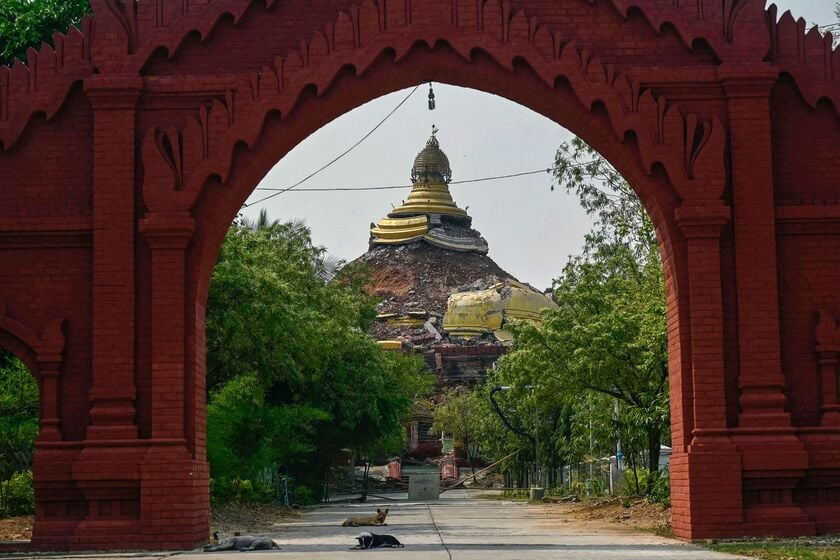
The 7.7 magnitude earthquake that occurred on March 28 in Myanmar caused serious damage to many important religious structures and cultural heritages.




Many pagodas in Mandalay were severely damaged after the earthquake. The earthquake was a heavy blow to Myanmar - a country that has been struggling with a civil war that has lasted for the past four years.

The ruined image of Mahamuni Pagoda (Mandalay), one of the most sacred pagodas, is a symbol of the culture and religion of "the land of Buddha"

Part of Mandalay Palace was heavily damaged.
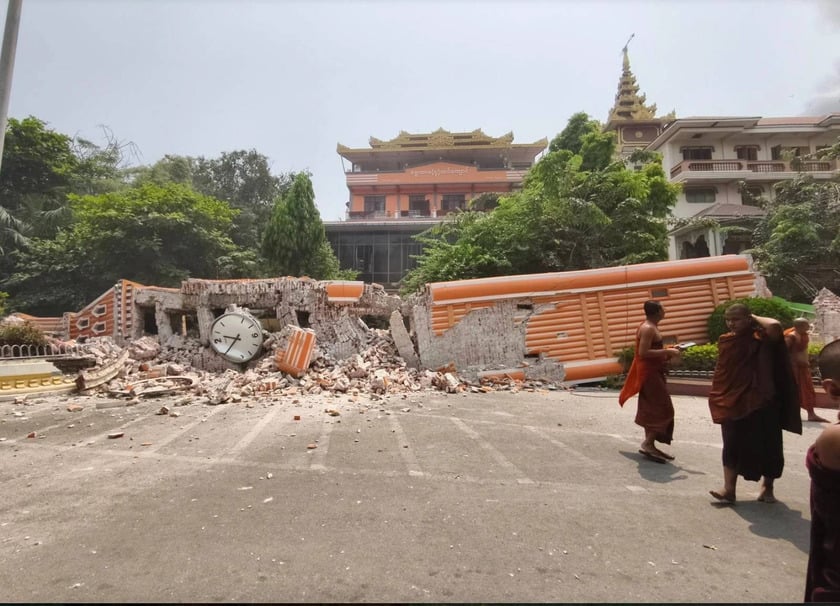
Masoyein Monastery, about 2 km southwest of Mandalay Palace, also collapsed completely.
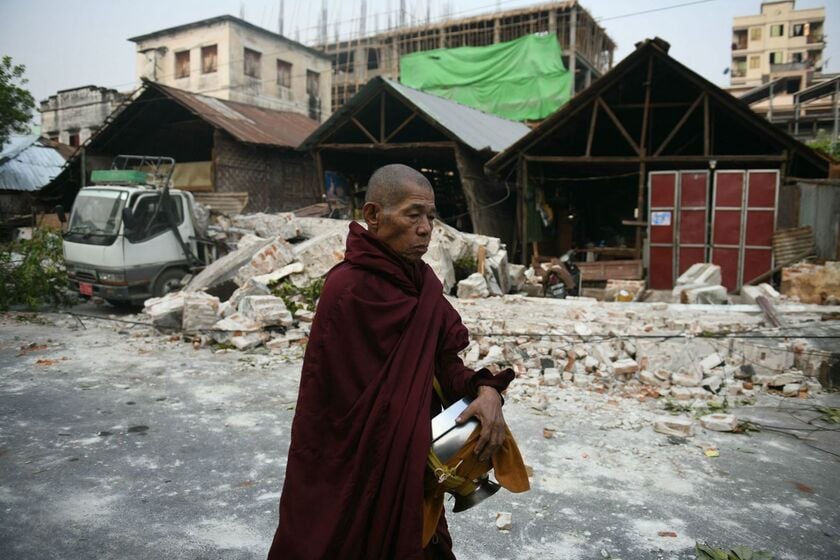
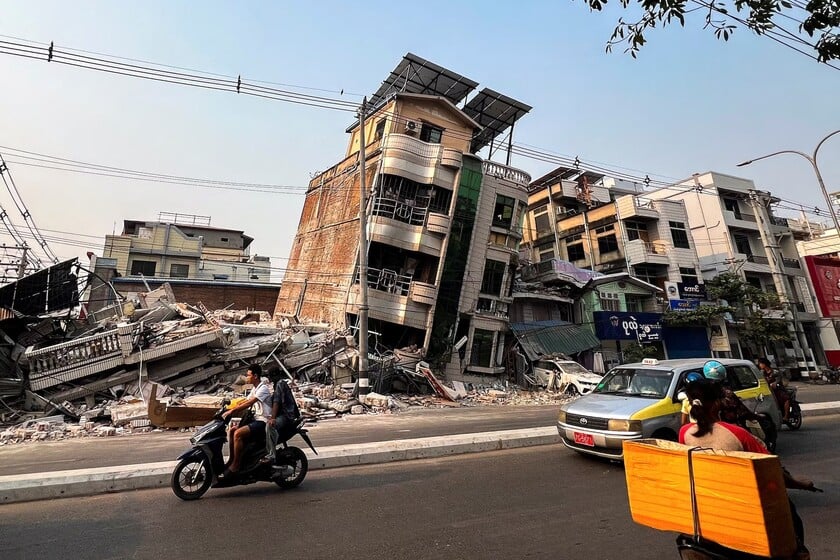
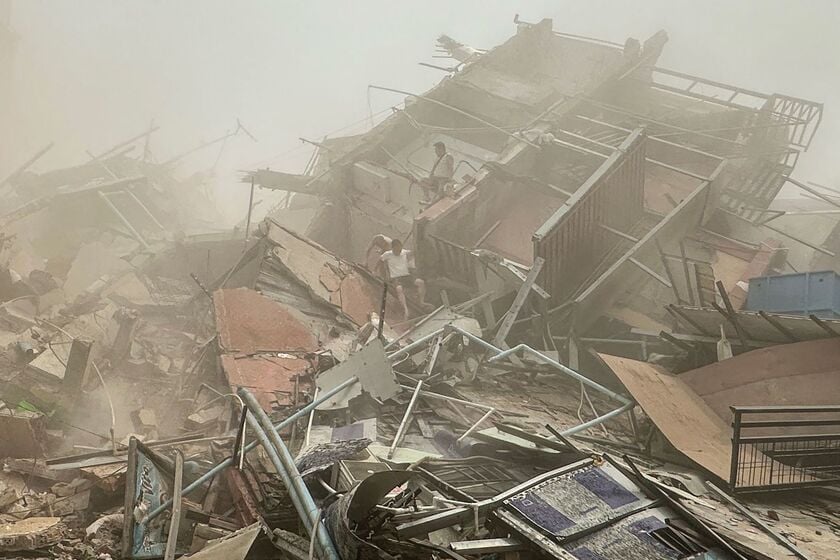
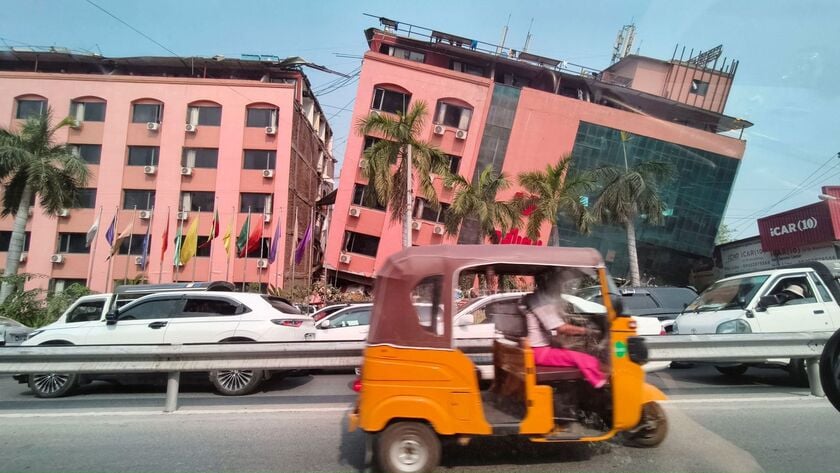
People in Mandalay walk past collapsed buildings after the earthquake.
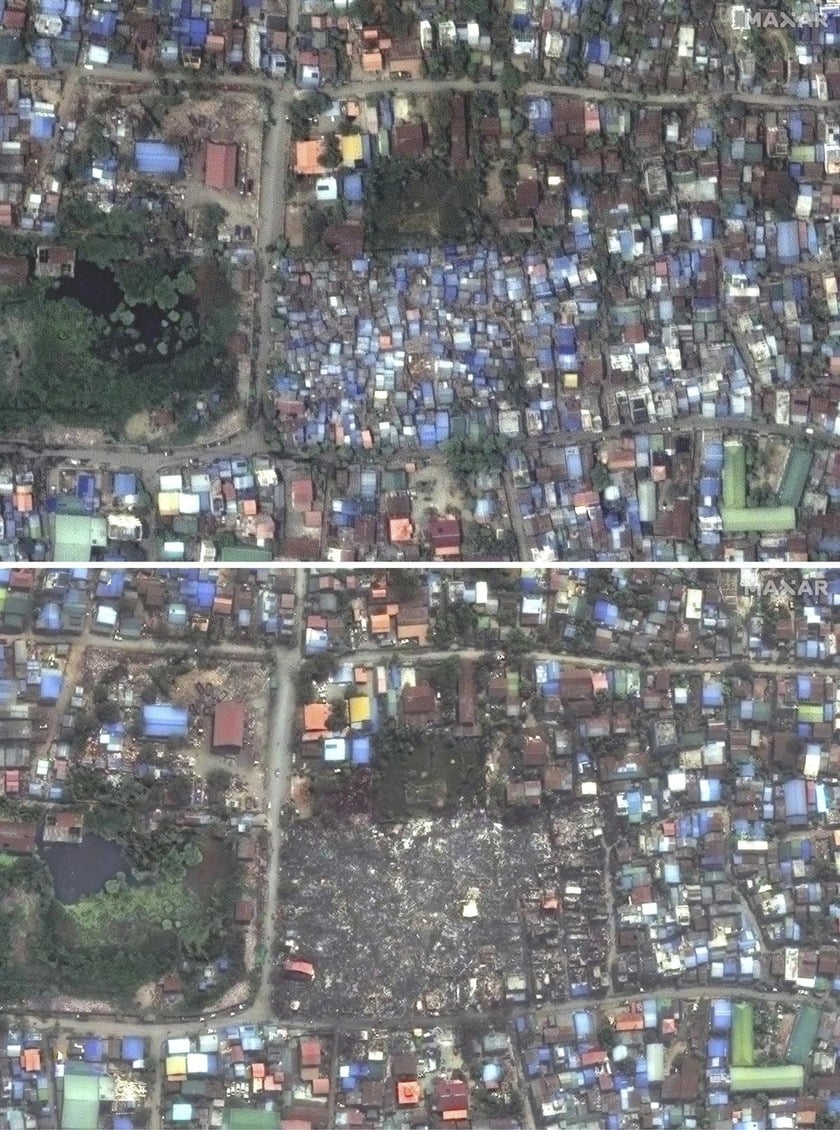
Satellite images released by Maxar on March 30 show that many areas in Myanmar have been reduced to rubble, as if by an atomic bomb disaster.

Inwa Bridge (Mandalay) collapsed after the earthquake

Vehicles stuck due to road damage in the capital Naypyidaw


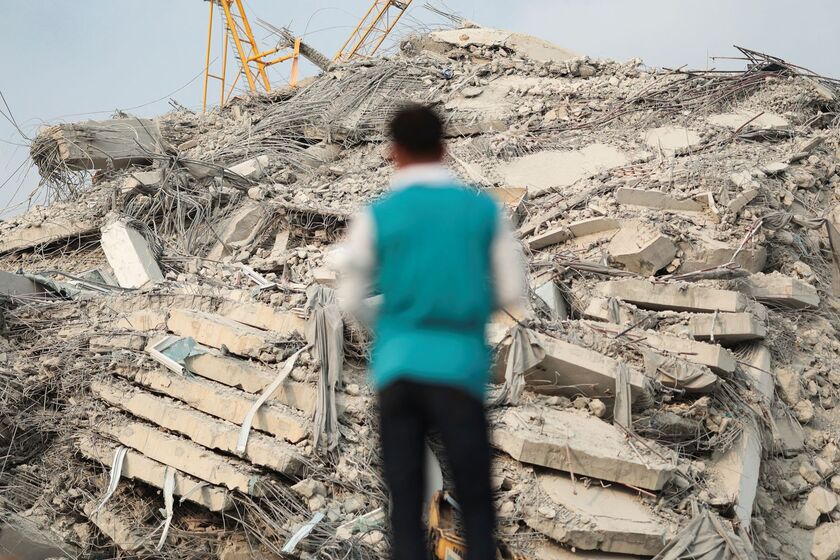
Despite being about 1,000km from the epicenter, the capital Bangkok (Thailand) was still heavily affected. Rescuers are urgently searching for dozens of people trapped under the rubble of a high-rise building under construction in the city.
As the fourth day of the historic earthquake approaches, rescuers and medical workers are still frantically searching for survivors. According to the latest update, the death toll has exceeded 1,700, with more than 3,400 injured and about 300 still missing. People in the affected areas are facing shortages of food, clean water and shelter, while hospitals are overwhelmed with the number of injured. Rescue efforts continue, but are hampered by lack of equipment and severely damaged infrastructure.






